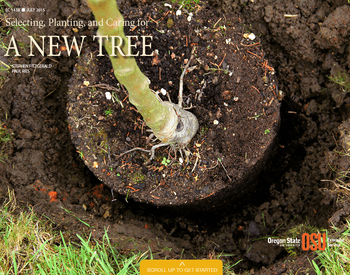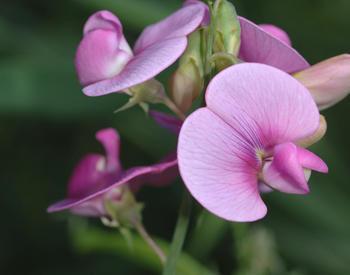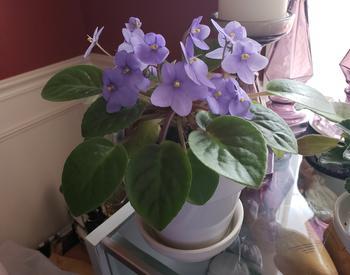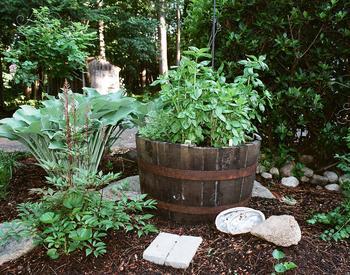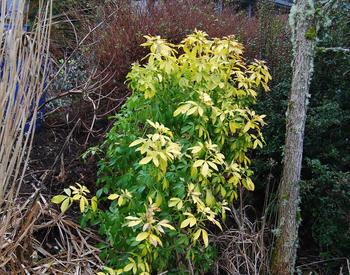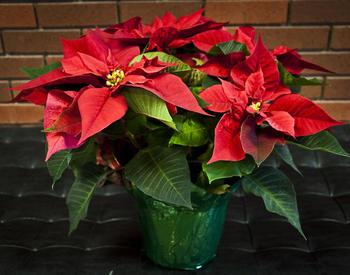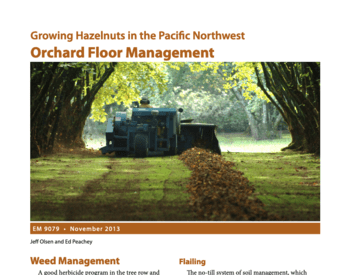I'm looking for trees to plant to act as a barrier to cars coming past our property; a south facing space that is wet in the winter from runoff. Any suggestions? Height isn't a concern as there's space to plant away from power lines. Just want a visual block to the road, maybe a little helpful with sound too.
Hedgerows have been used for centuries in English and American landscapes to primarily divide agricultural fields or residential properties. In addition to marking property lines, incorporating or maintaining hedgerows offer the some important benefits.
Hedgerows are attractive borders. They can serve as privacy screens along roadsides and between properties. As they mature and become dense, they can reduce wind, noise and dust and can function as barriers.
Establishing a hedge is a long term commitment. With proper planning and care, it takes approximately 4 to 8 years to establish an effective hedge. In recent years, scientists have come to realize that diversely specied hedgerows may play an important role in fostering wildlife and plant and insect diversity. For example, monarch and swallowtail butterflies are attracted to hedges.
It is important not to search for only one plant species such as the popular arborvitae or photinia. The widespread planting of a single plant species could possibly lead to a repeat of the problems that have affected red tips, American elm, and other plants.
Planting a mixed screen, where multiple species of plants are grouped together in small clusters is the best solution. Groups of three or five plants of a single species can be planted in a single row where space is limited or in an alternate layered (staggered, two-row) planting where more space is available.
Mixed species screens help to prevent the spread of pest problems from one plant to the next. The advantage to planting several rows of staggered plants is better air circulation around the plants. This reduces the humidity level around plants thereby reducing the incidence of disease problems while still achieving a full screen.
In a mixed screen, even if one species develops problems that are so severe it has to be removed and replaced, the entire planting does not have to be sacrificed. Mixed screens can also be far more interesting and rewarding throughout the seasons, offering the chance to turn a basic screen planting into a beautiful part of the landscape.
- Hollies are my personal favorite for a long lived, attractive, low maintenance living fence. Several varieties are available that work well for hedges and screening because of their upright growth habit. They produce dense, dark green foliage year around and red berries in the fall that persist through the winter. Hollies grow best in sun to part shade with well-drained soil, are drought tolerant once established, are not often damaged by deer.
- Douglas fir, Pseudotsuga menziesii has the noble, spire like shape that evergreen lovers admire so much. While often used as a featured specimen, it also looks great massed as a screen in evergreen landscaping. Douglas-fir does not like hot, dry winds but will do excellent where there is moisture—in the soil and in the atmosphere.
- Juniperus virginiana is so adaptable you'll find it growing on dry, rocky slopes and at the edges of swamps. This densely branched juniper is great for urban screens and rural windbreaks, with rich green summer foliage turning ruddy brown-green in winter.
- Native pines, Pinus ponderosa, lambertiana, contorta, or monticola can grow 50 to 80 feet tall and 20 to 40 feet wide, so they need plenty of room. There are columnar varieties that max out at 20 feet in height and 14 feet in width, making them suitable as screens.
- Abies concolor is quite adaptable. Also known as white fir, it's a great choice for hot, dry conditions and winter cold. However, it grows best with an evenly moist soil that has good drainage.
- Deodar cedar Cedrus deodara is very adaptable, grows fast, and has dense branching in youth. In short, it's perfect for a screen or as part of evergreen landscaping.
- Leyland cypress Cupressocyparis leylandii is a popular evergreen tree for privacy screens with its columnar shape and year-round color. If the feathery, blue-green foliage doesn't grab you, there are cultivars with yellow, gray, or bright green foliage. Leyland cypress grows very fast and matures at 60 to 70 feet if not topped at an early age. It likes moist, well-drained soil but takes full sun or part shade.
- Taxus is the tree of immortality, with ancient specimens living thousands of years. In evergreen landscaping, yews are often used as hedges and foundation plantings. The dark green foliage and colorful red berries are a welcome sight in winter, and birds love the shelter of yews, too. Yews are tolerant of sun or shade as well as poor, dry soils, but they won't take soggy soil. Heights vary according to species and cultivar, with yews growing anywhere from 2 to 60 feet tall.
- Many viburnums (Viburnum spp.) make excellent evergreen screens. There are numerous species and varieties with a wide range of sizes. They are shade tolerant. Viburnums are available for virtually any situation, and they will add to the landscape with flowers and berries.
- Wax myrtle (Myrica cerifera) is excellent for difficult sites with its tolerance of poor soil. This broadleaf evergreen shrub or tree grows quickly to 15 to 20 feet high and wide, and is tolerant of pruning. It requires full sun.


